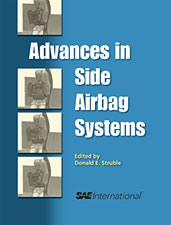Technical Paper
Real-World Rollovers Reconstructed from Interviews and Measurements
2006-04-03
2006-01-0060
Sensor signals are derived using the PC-Crash tool, and characteristic features are identified. Insights derived from these events can aid in development of robust rollover detection algorithms and calibrations.

